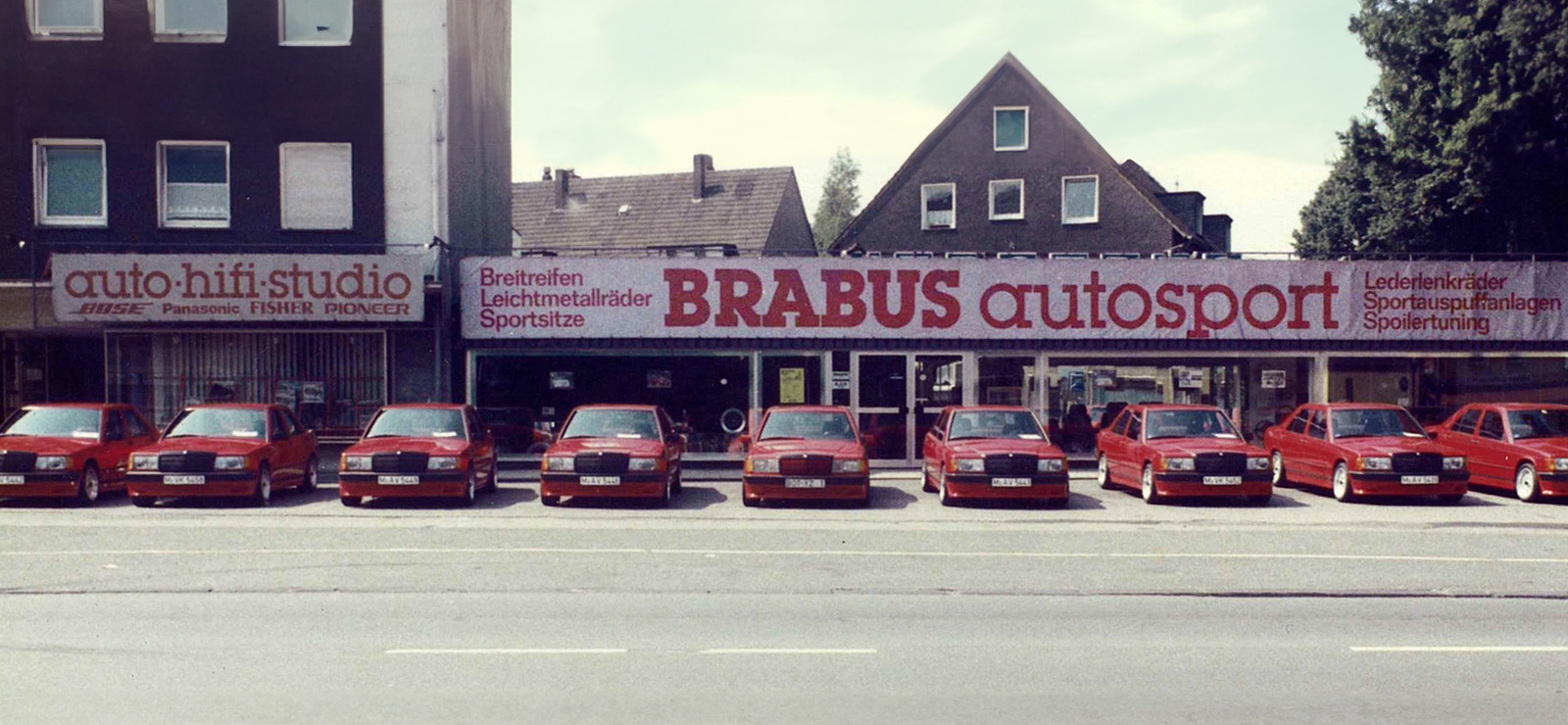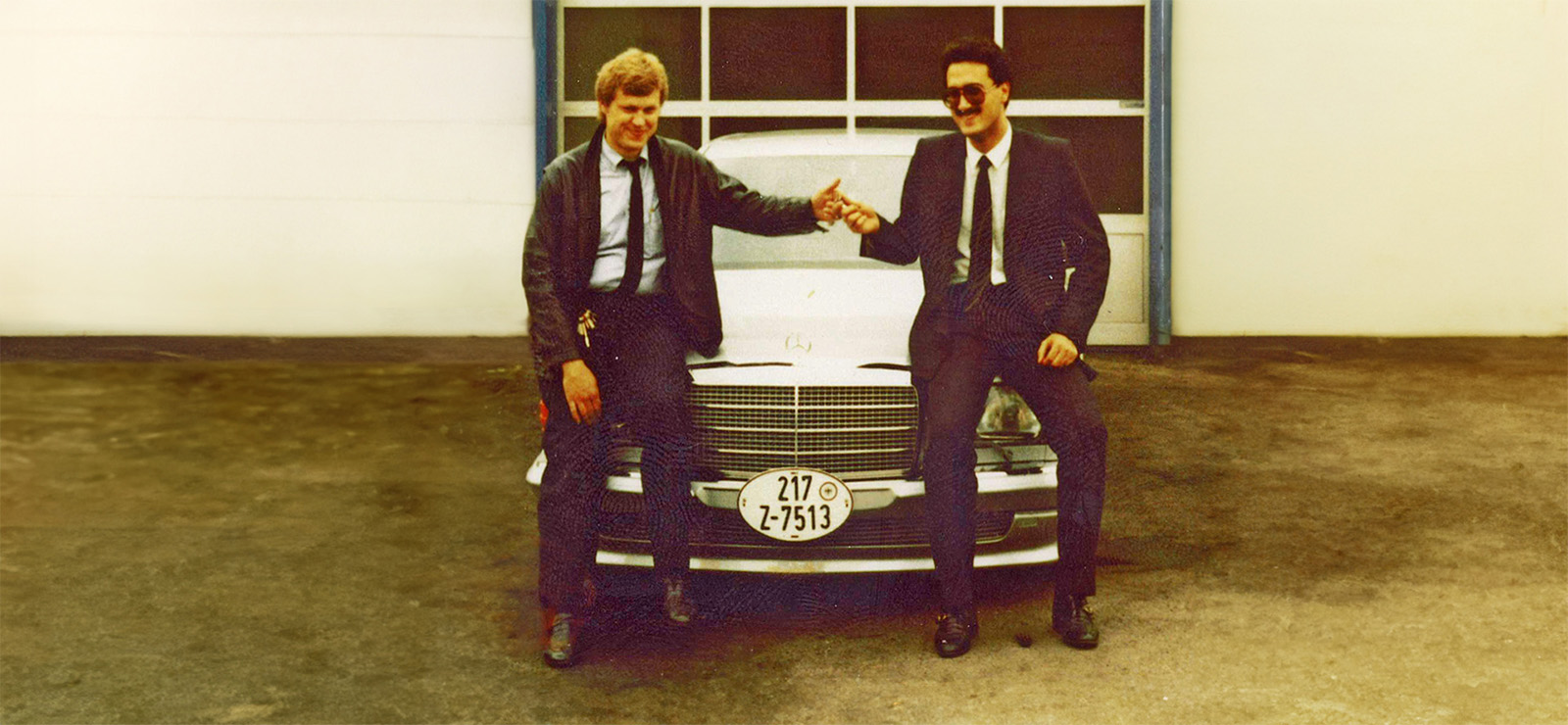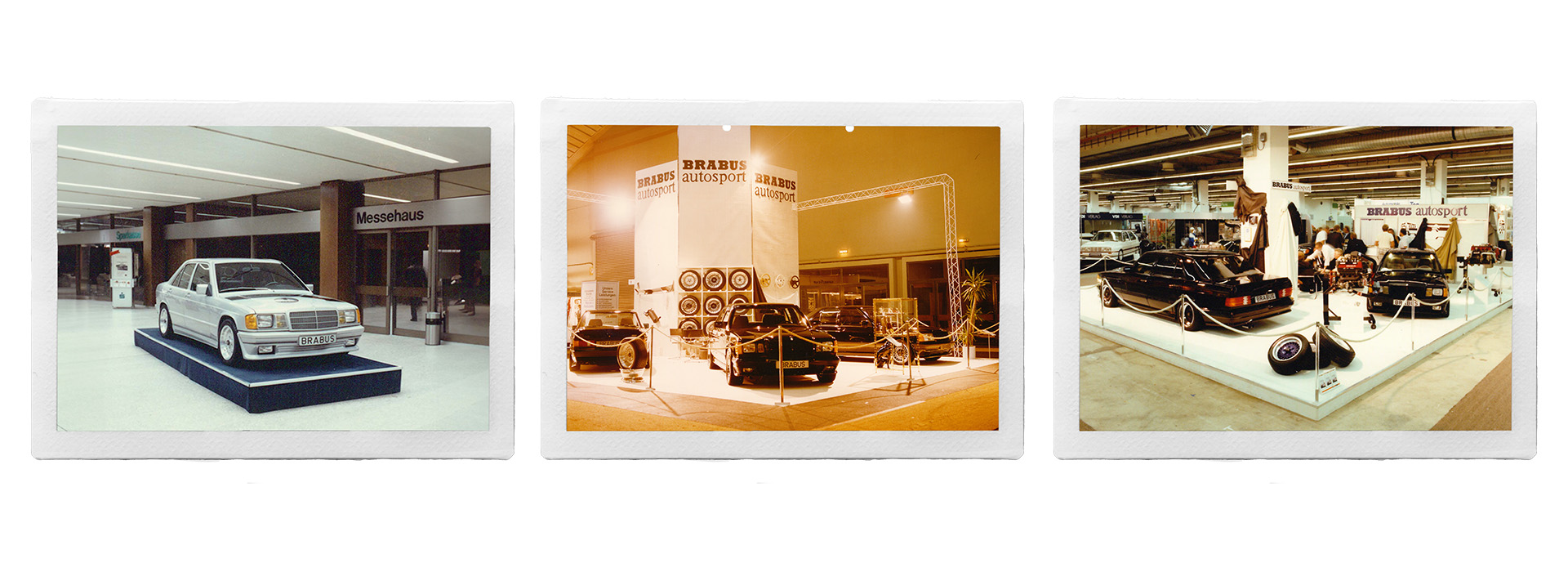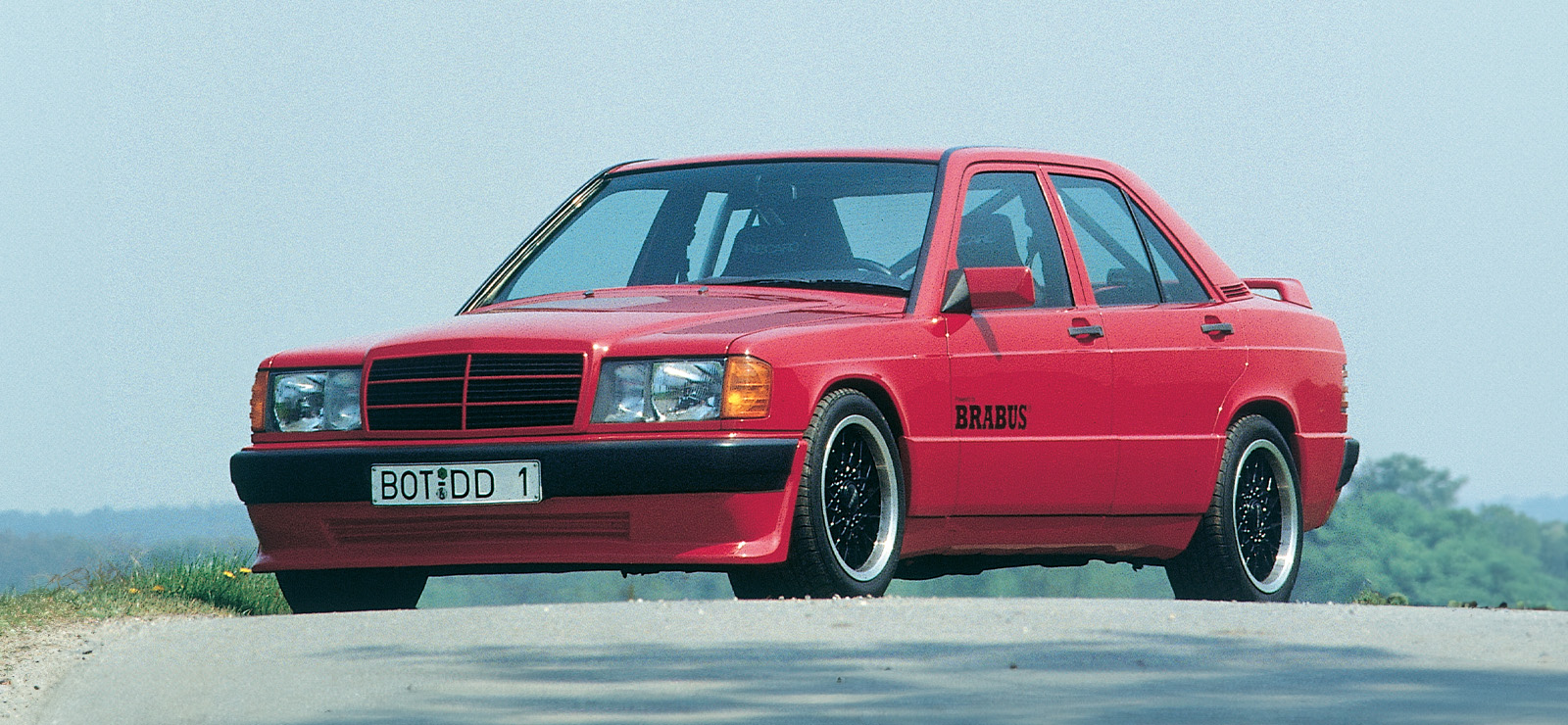1980s
From the world’s very first BRABUS sportscars to significant reform in the world of German automotive tuning, the 1980s was a decade of expansion, new horizons and more ways to challenge the standards. By 1983, we had established our first headquarters, marking the onset of Bodo’s mission to redefine luxury mobility at its core. The introduction of the BRABUS 190 E V8 in the same year solidified his commitment to unmatched performance, while international recognition soared as BRABUS products began to captivate customers worldwide for the first time. In 1985, the BRABUS E-Class made history with its Guinness World Record-winning aerodynamic design, foreshadowing countless future BRABUS supercar projects. The decade concluded with the BRABUS 3.6S in 1989, a lightweight powerhouse embodying the BRABUS typical pursuit of the highest level in every detail.
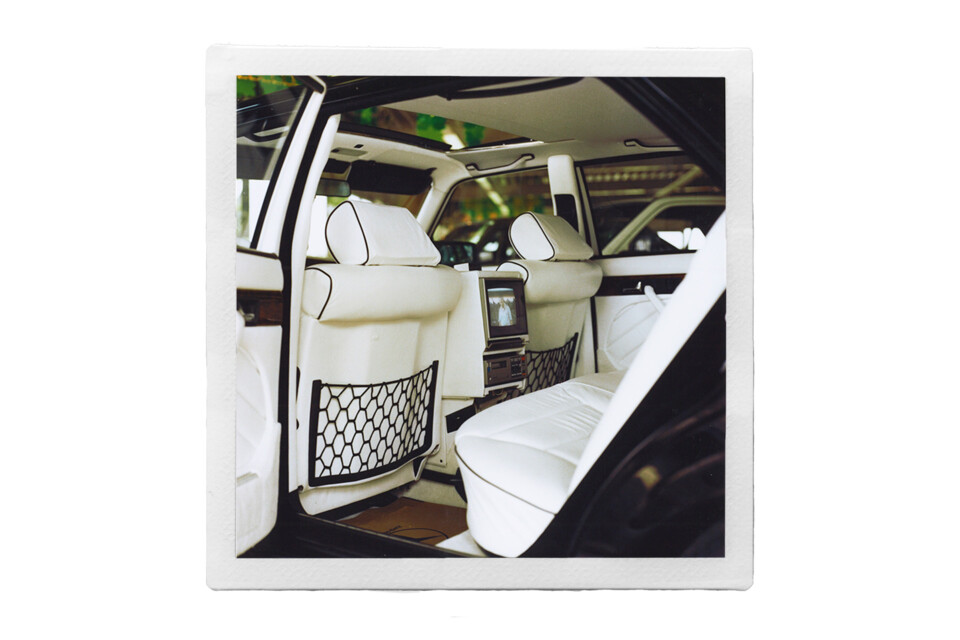
1982
FIRST STEPS IN MULTIMEDIA
In the early 1980s, BRABUS pioneers the installation of high-end component audio, Cat B and C mobile telephones, VHS video as well as TV screens for various Mercedes-Benz models. The innovations also including powered curtains in the rear of the larger, more luxurious vehicles. BRABUS even offers various customization options for conference buses, such as tables and entertainment systems.
1983
OPEN FOR BUSINESS
After leaving his family’s business and founding BRABUS in 1977, Bodo Buschmann is bound and determined to find a home for his company. By the summer of 1983, BRABUS is officially operating out of its very first HQ. From individual performance, interior and entertainment enhancements, BRABUS begins its journey by offering a unique range of products and services to an evolving market and lays the foundation of where BRABUS stands as a modern luxury mobility brand today.

BRABUS 190 E V8
Originally conceptualized for a four-cylinder engine configuration, Bodo Buschmann elects the iconic W 201 series Mercedes-Benz 190 E as the basis for one of his very first V8 drivetrain conversions, making it by far the most powerful 190 E available anywhere in the world at the time. A significant number of changes are made to the 190 E’s front subframe and inner wings to accommodate the 4,973cc V8 (M117) motor from the W 126 series Mercedes-Benz 500 SE/L. Our team of BRABUS engineers port and polish the cylinder heads, optimizing every parameter to extract a power output of 250 hp. The rear axle, suspension and brakes are likewise extensively modified, resulting in a sensational power-to-weight ratio. The BRABUS 190 E V8 accelerates from 0 to 100 km/h in 6 seconds.
GETTING NOTICED
With every vehicle and every BRABUS product delivered to a clientele across the country in the 1980s, our name would gradually gain traction internationally. One after the other, BRABUS starts to attract new customers and fans from around the world, establishing what would eventually become a vast network of international customers that we maintain to this day.
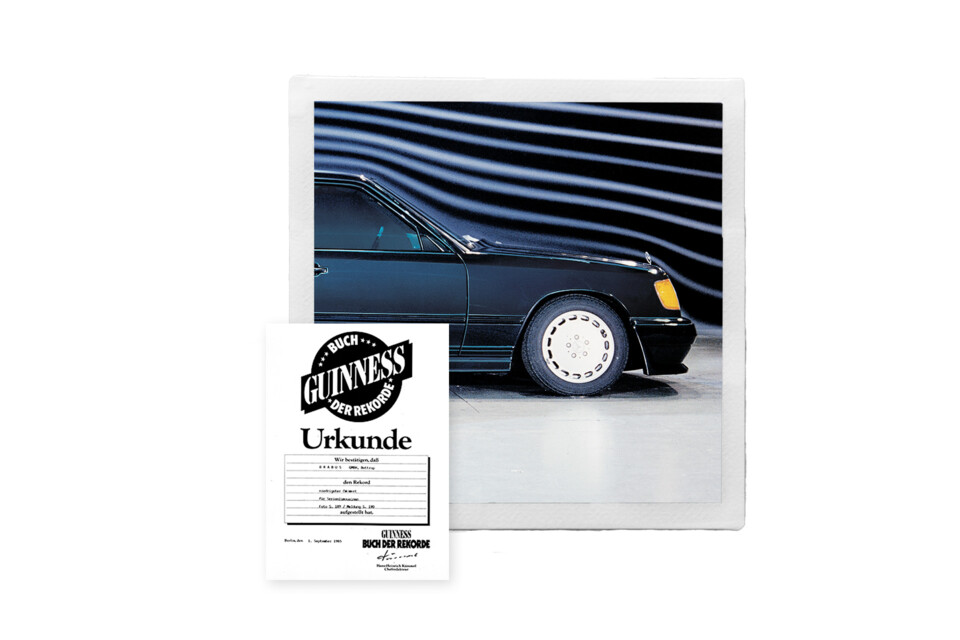
1985
BRABUS E-Class - RECORD BREAKER
After receiving the complete BRABUS treatment in 1985, the W 124 series Mercedes-Benz 230 E impresses with a BRABUS typical aerodynamic enhancement concept, comprised of a sports suspension system as well as modifications to the front and rear bumpers and side panels. What entered the wind tunnel as a passion project emerged as an officially recognized Guinness World Record holder, having measured a drag coefficient (Cd) value of 0.26. A feat that would inspire the development of countless BRABUS supercars in the years to come.
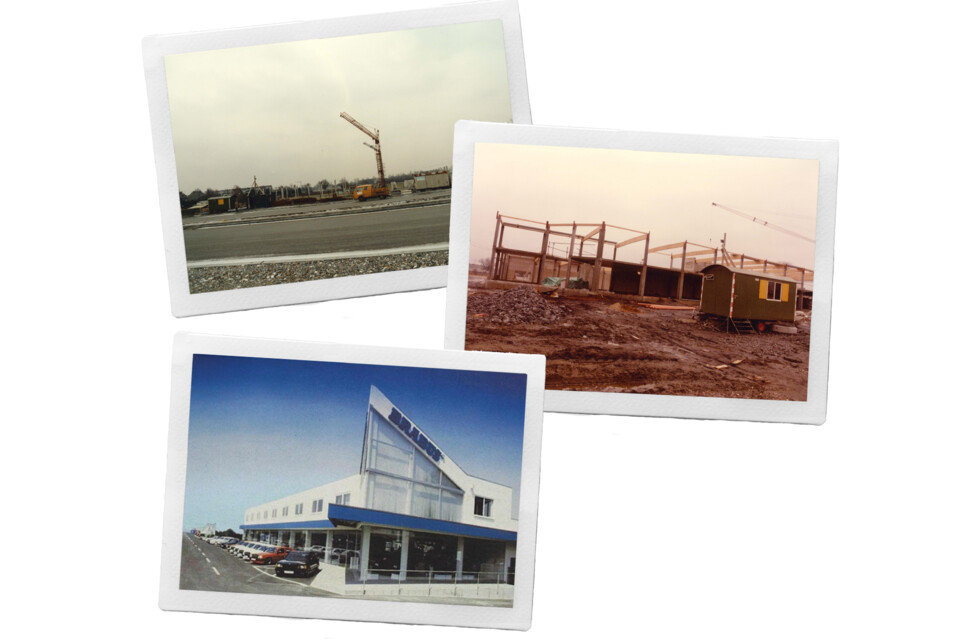
BUILDING A COMPANY
In 1985, construction of the brand new BRABUS headquarters is in full swing, and Bodo Buschmann’s vision is becoming a reality. Like for the cars he set out to build, the BRABUS founder stops at nothing to fulfill his typically high-minded expectations. His company’s permanent home is finally ready to open only one year later, in the spring of 1986. Beyond offering bigger offices and workshop spaces, the new building becomes the cornerstone that today’s BRABUS campus continues to operate and build upon.
FIRST APPEARANCES AT CAR SHOWS
As early as 1985, legendary BRABUS vehicles based on the Mercedes-Benz model series W 123, W 126 and W 201 are spotted at some of the world’s most significant international car shows.
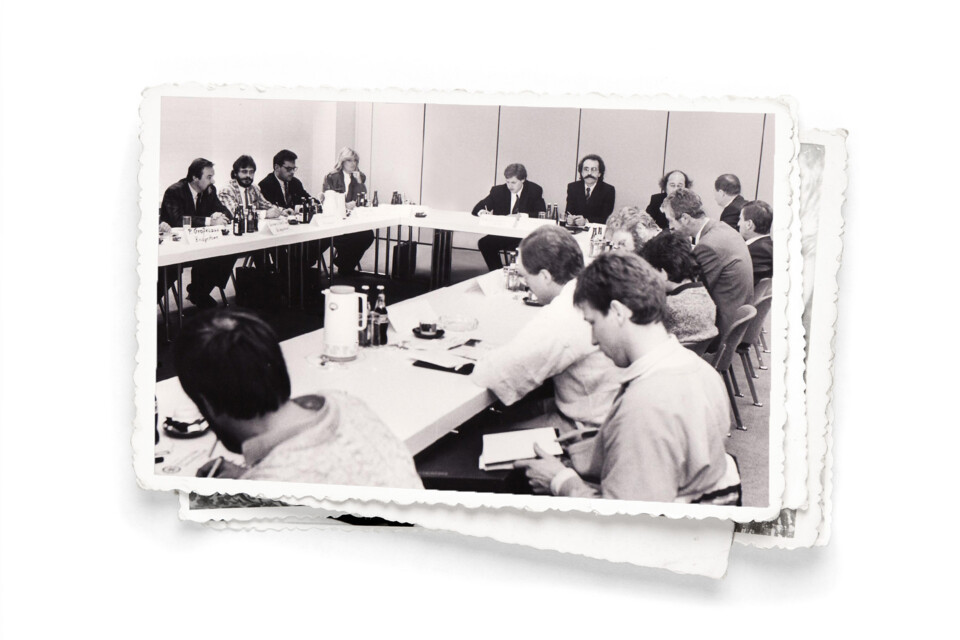
1987
VDAT
Originally called the “Verband der Deutschen Automobil Tuner,“ or Association of German Automobile Tuners, the VDAT e.V. is founded in 1987 in Waiblingen, Germany, with Bodo Buschmann serving as one of the original board members. To this day, the now international organization advocates safe and reputable tuning within the framework of regulations applicable in Germany.
1989
BRABUS 3.6S
The BRABUS 3.6S, based on the W 201 series Mercedes-Benz 190 E. Its party piece: 272 hp at 365 Nm of torque produced courtesy of its namesake naturally aspirated 3.6-liter inline six-cylinder engine. However, a decisive factor is undoubtably its weight. At just 1,342 kg, this classic BRABUS sports car is completely stripped down to its absolute minimum weight, including the cabin, where the heavy standard seats are replaced by ultra-light Kevlar backed Recaro racing seats. With increased power and a significant weight reduction, the 3.6S charges from 0 to 100 km/h in 6.3 seconds and reaches a top speed of 256 km/h.
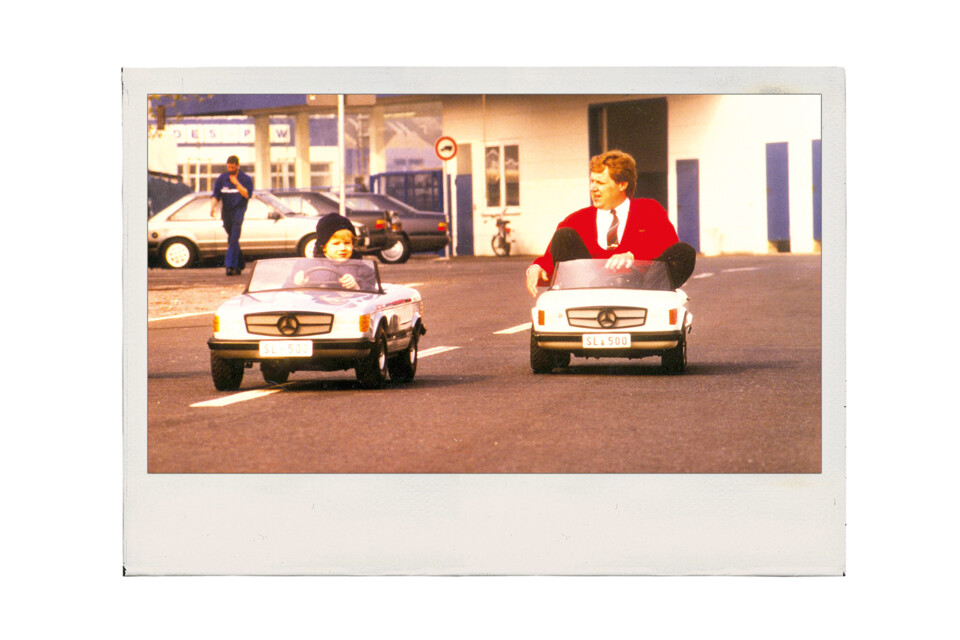
THE NEXT GENERATION
From an early age, Bodo Buschmann’s son, Constantin, is introduced to life at the family business. What started in the late ‘80s as the first steps between the current and new generation, would over the years become an undeniable synergy and colleagueship between father and son.
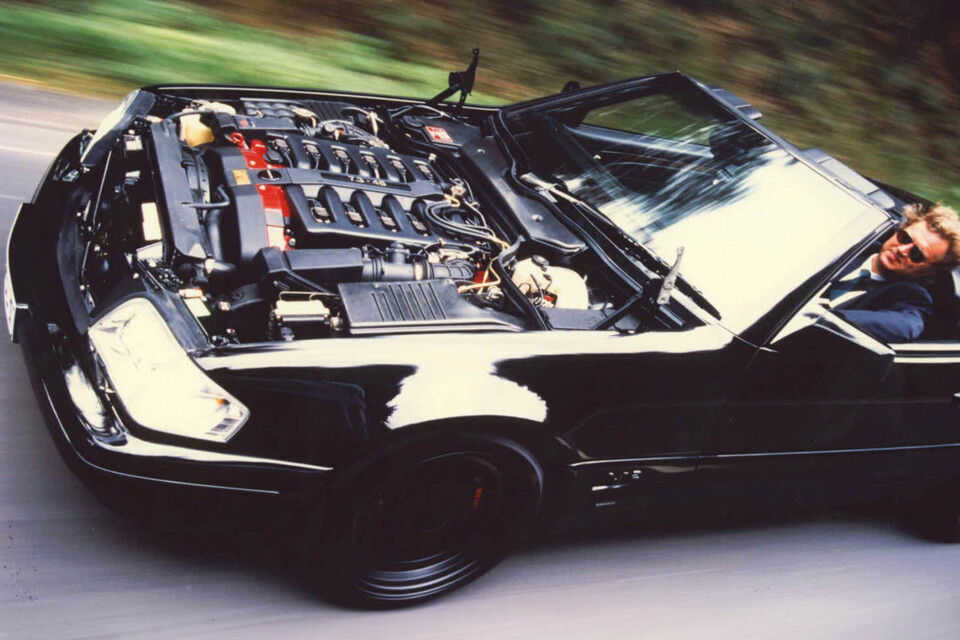
next decade
By the 1990s, the company was expanding rapidly and BRABUS had become a household name. With the world, the industry and its technology slowly becoming more and more advanced, Bodo Buschmann knew there was only one way forward. Bigger and better.


